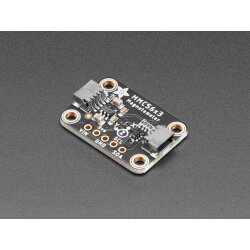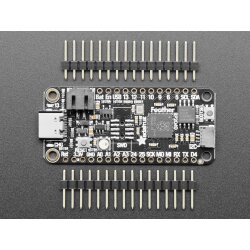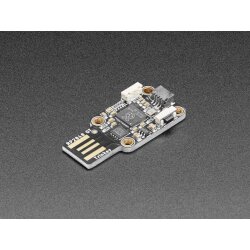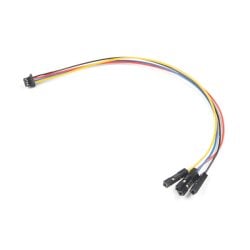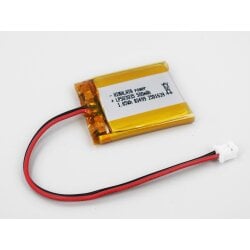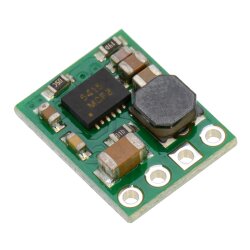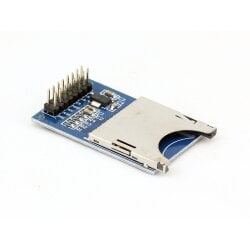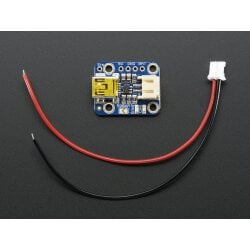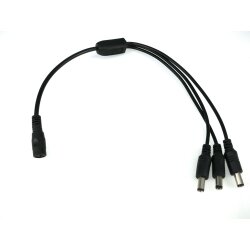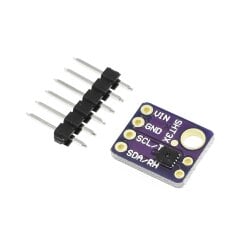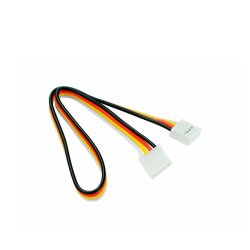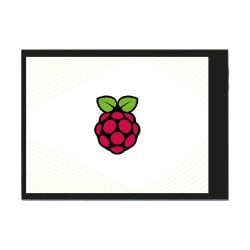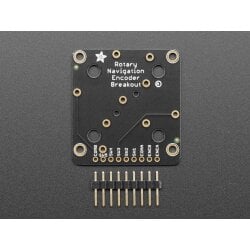QT Py RP2040 is a diminutive dev board comes with one of our new favorite chip, the RP2040. It's been made famous in the new Raspberry Pi Pico and our Feather RP2040 and ItsyBitsy RP2040, but what if we wanted something really smol?
Pinout and shape is Seeed Xiao compatible, with castellated pads so you can solder it to a PCB with a cut out to allow the bottom components some breathing room. In addition to the QT connector, we also added an RGB NeoPixel (with a controllable power pin to allow for ultra-low-power usage), and both boot-mode and reset buttons (great for restarting your program or entering the bootloader). This QT Py comes with loose 0.1" headers you can solder in for breadboard use.
The STEMMA QT, a chainable I2C port that can be used with any of our STEMMA QT sensors and accessories. Use any SparkFun Qwiic boards! Seeed Grove I2C boards will also work with this adapter cable.
At the time, there is no Arduino core support for the chip on this board. There is great C/C++ support, an official MicroPython port, and a CircuitPython port! We of course recommend CircuitPython.
While the RP2040 has lots of onboard RAM (264KB), it does not have built-in FLASH memory. Instead, that is provided by the external QSPI flash chip. On this board there is 8MB, which is shared between the program it's running and any file storage used by MicroPython or CircuitPython. When using C/C++ you get the whole flash memory, if using Python you will have about 7 MB remaining for code, files, images, fonts, etc.
- Same size, form-factor, and pin-out as our SAMD-based QT Py
- USB Type C connector
- RP2040 32-bit Cortex M0+ dual-core running at ~125 MHz @ 3.3V logic and power
- 264 KB RAM
- 8 MB SPI FLASH chip No EEPROM
- Native USB supported by every OS - can be used as USB serial console, MIDI, Keyboard/Mouse HID, even a little disk drive for storing Python scripts.
- Can be used with MicroPython or CircuitPython
- Built-in RGB NeoPixel LED
- 13 GPIO pins (11 breakout pads and two QT pads):
- Four 12 bit ADCs (one more than Pico)
- Two I2C ports (one on the QT connector, one on the breakout pads)
- SPI and UART peripherals, in standard QT Py locations,
- PWM outputs on every IO pin - for servos, LEDs, etc
- There are 6 GPIO in consecutive order for PIO compatibility
- 3.3V regulator with 600mA peak output
- 12 MHz crystal
- Both Reset button and Bootloader select buttons for quick restarts (no unplugging-replugging to relaunch code)
- Really really small
RP2040 Chip features
- Dual ARM Cortex-M0+ @ 133MHz
- 264kB on-chip SRAM in six independent banks
- Support for up to 16MB of off-chip Flash memory via dedicated QSPI bus
- DMA controller
- Fully-connected AHB crossbar
- Interpolator and integer divider peripherals
- On-chip programmable LDO to generate core voltage
- 2 on-chip PLLs to generate USB and core clocks
- 30 GPIO pins, 4 of which can be used as analog inputs (not all GPIO are brought out on this board)
- Peripherals
- 2 UARTs
- 2 SPI controllers
- 2 I2C controllers
- 16 PWM channels
- USB 1.1 controller and PHY, with host and device support
- 8 PIO state machines
Product Dimensions: 21.8mm x 17.8mm x 5.8mm
Product Weight: 2.2g


